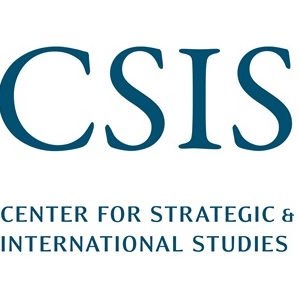Part Two of Two parts. (Please read Part One first)
U.S. Energy Secretary Moniz recently delivered the keynote address at an event called “Nuclear Energy at a Crossroads,” which was put on by the Center for Strategic and International Studies, a Washington, D.C. think-tank. During his speech, he talked about eight major problems that confront nuclear power generation and emphasized that these problems must be dealt with if nuclear power is to thrive in the U.S.
5. Spent fuel management needs to get moving.
Spent nuclear fuel is a major problem for the U.S. nuclear industry. The Department of Energy began collecting funds from nuclear plant operators in 1980 with the promise of having a permanent geological repository under Yucca Mountain in Nevada operating by 1999. By the time the Yucca Mountain repository project was cancelled in 2009, the DoE had over thirty billion dollars in the fund. Since then, nuclear plant operators have successfully sued the federal government for return of their share of the fund. It is now estimated that the U.S. will not have a permanent geological repository before 2050. In the meantime, the spent fuel pools at reactors across the U.S. are rapidly filling up. Unless these spent fuel rods can be moved to temporary storage in the next few years, some reactors may have to close. Moniz advocates the creation in the near future of one or more national interim storage facilities for dealing with the spent nuclear fuel problem.
6. A gap in the nuclear-fuel cycle and the proliferation arena.
Weapons grade plutonium can be recovered from spent nuclear fuel. Moniz emphasized that the U.S. has a global role to play in preventing the use of civilian reactors in other countries from being used to create nuclear weapons. Among other things that the U.S. can do is to provide services for the removal of spent nuclear fuel generated by other countries in return for assisting their nuclear power programs in order to prevent the proliferation of nuclear weapons.
7. Assessing a future for small modular reactors (SMRs).
Small modular reactors (SMRs) are nuclear reactors that produce less than three hundred megawatts of power. There is a lot of work being done on SMRs today. They can be built in factories and moved to the site of operation. It is hoped that standardized manufacturing and new designs can reduce risk and cost and provide more flexibility in distributing generation capacity and financing. Moniz said that he expects the first licensed SMR in the U.S. to be operational in less than ten years. He pointed out that it will be important to find out if these reactors really will be safer and cheaper.
8. Advanced nuclear technology needs a vast funding boost.
There are many interesting developments in nuclear research that need to be pursued. Unfortunately, there are insufficient funds being provided by the U.S. government to explore the potential of these new technologies. Moniz said that a recent study indicated that it would cost the U.S. government half a billion dollars a year for decades to develop and deploy some of these new system between 2030 and 2050. He pointed out that in order for this to happen, we have to start spending the money now.
